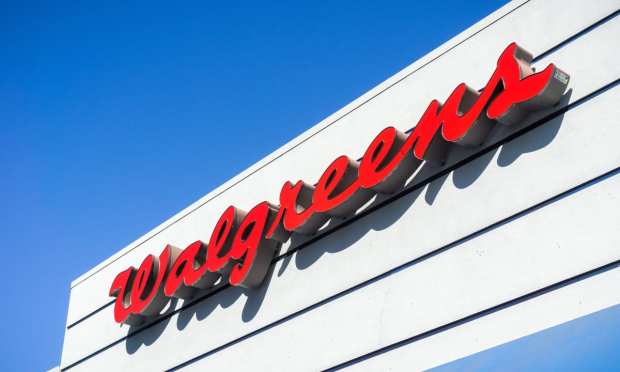Walgreens Sees Increased Sales As Personalization Effort Continues

For Walgreens, the rollout of its sweeping COVID-19 vaccine program this year was a demonstration of the company’s ability to move quickly and at scale as it accelerates the transformation and restructuring of its pharmacy and retail businesses.
Walgreens, the second-largest drug store chain in the U.S. behind CVS, has been focused on reinventing its membership program and making its pharmacy and retail offerings more personal for customers. In December, the company unveiled Walgreens Advertising Group, using “advanced data modeling” to connect brands directly with audiences in a digital ecosystem.
Membership in the new MyWalgreens program grew to 75 million in the company’s third quarter, Walgreens said Thursday (July 1), up from 56 million at the end of the second quarter. Chief Financial Officer James Kehoe said the increased membership is helping the company refine its personalized offerings, which boosted retail sales by 1 percent in the quarter.
“We continue to make progress in transforming our pharmacy business and the ways in which we deliver healthcare, both through our physical stores and through our digital channels,” Kehoe told investors and analysts.
The Illinois-based pharmacy store chain also plans to launch debit and credit cards across the U.S. this fall as part of an expanded financial services offering.
The retailer saw $34 billion in sales from continuing operations in the three months ending May 31, a 12 percent year-over-year increase and bringing sales in the first nine months of the company’s fiscal year to $98.2 billion, a 7.2 percent increase over the same period last year.
Walgreens CEO Rosalind Brewer said the company is in “a strong position to grow and innovate” its core retail and pharmacy businesses, and it will accelerate its investments in growing the businesses using approximately half of the $6.5 billion it received from the divestiture of Alliance Healthcare to Amerisource Bergen.
This is Brewer’s first full quarter as CEO. She joined the company in January after serving as the chief operating officer of Starbucks. At the Seattle-based coffee conglomerate, Brewer was known for helping shift the company to a focus on to-go operations during the pandemic.
Brewer is still working on a strategic evaluation long-range business plans for the company, likely to be presented this fall, but said she sees opportunity to innovate with partners, including VillageMD, while making sure the base business is still strong.
Changing Behavior
Analyzing foot traffic data from Placer.ai, the pharmacy sector looks to be recuperating well from the pandemic: In May, Walgreens and CVS each saw a 14 percent increase in visits versus 2019; a month earlier, the retailers saw a 17 percent and 19 percent increase, respectively.
Only Rite Aid, which saw a 20 percent decrease in foot traffic in both April and May, seems to be struggling to get customers in the door. Last month, the Pennsylvania-based pharmacy reported a rise in revenue that was offset by a decline in its pharmacy services segment, primarily the result of losing a large customer account and a decrease in Medicare Part D membership.
Rite Aid, like many other retailers, also partnered with DoorDash in May to deliver everyday needs in as quickly as two hours.
Walgreens partnered with DoorDash last year and has expanded its on-demand delivery capabilities through Instacart and Uber Eats over the past several months.
Kehoe noted that Walgreens has completed a total of 6 million curbside, drive-thru and last-mile deliveries.
Notably, the company saw an uptick in consumer demand for beauty and photo products as consumers return to friends and family. Beauty sales jumped 14.9 percent and photo climbed by 54 percent.
Healthcare Hype
Kehoe said Walgreens is also making progress on transforming its pharmacy business and how it delivers healthcare through both its physical stores and digital channels.
One of the main objectives, he said, is to simplify the pharmacist role in order to give them more time to spend on adherence and healthcare services.
“This will be the foundation for improved health outcomes through a more integrated care model,” Kehoe said.
Other initiatives include microfullfillment centers, two of which are now open in Phoenix and Dallas, with nine more expected by the end of 2022.
Brewer noted that as she prepares to unveil the company’s long-range business plans, she sees “tremendous opportunities in healthcare,” with Walgreens in a unique position to capitalize on them.
“But first and foremost,” she said, “we have to ensure that we continue to operate our core pharmacy and retail businesses with excellence. … In order to build the pharmacy of the future and new healthcare solutions, we must build upon the core assets of the pharmacy of today.”
